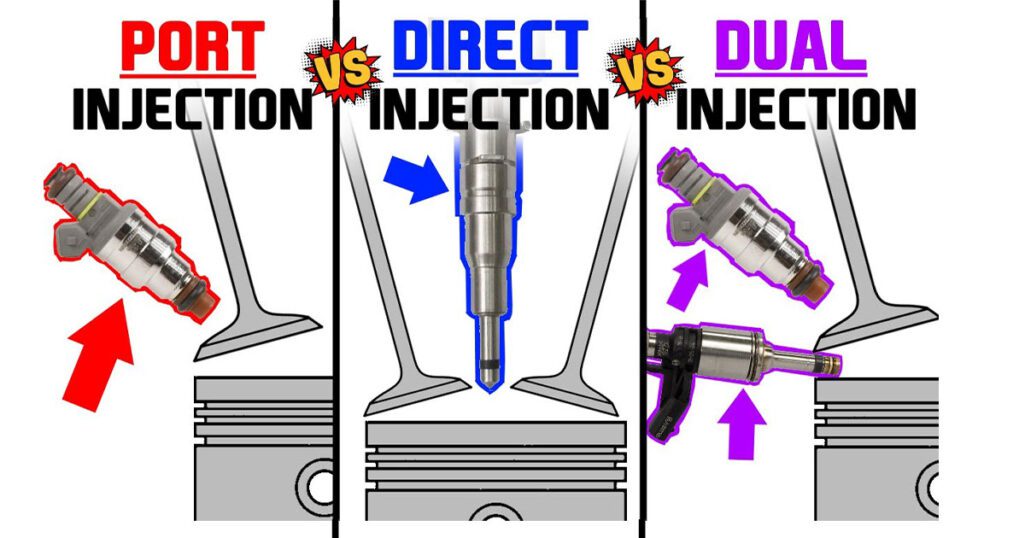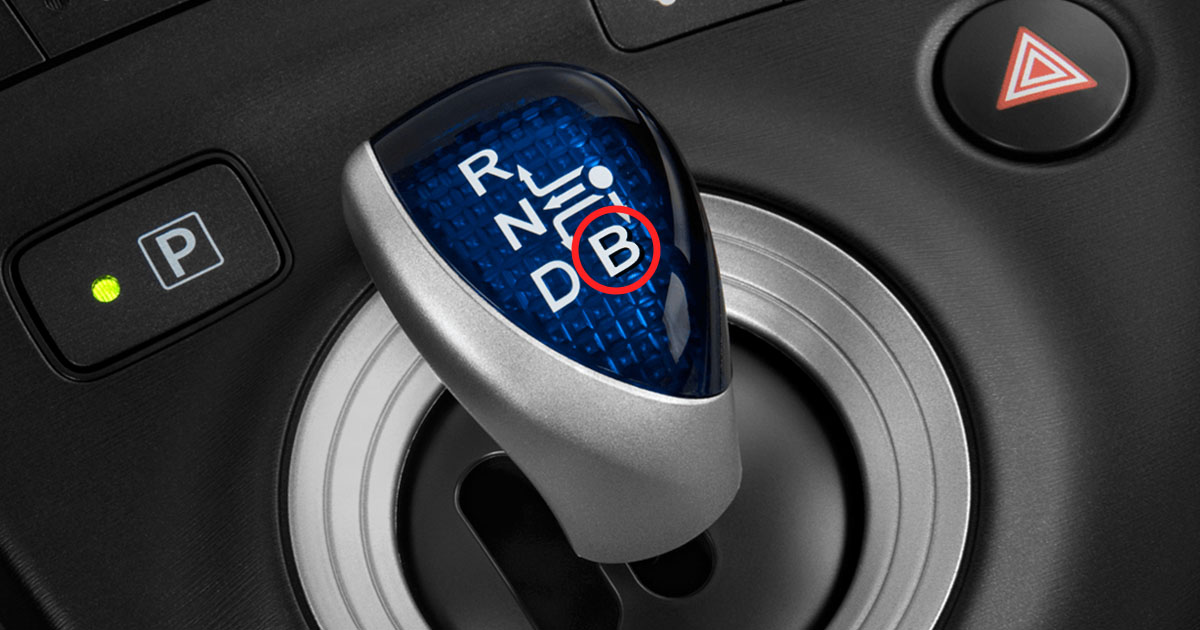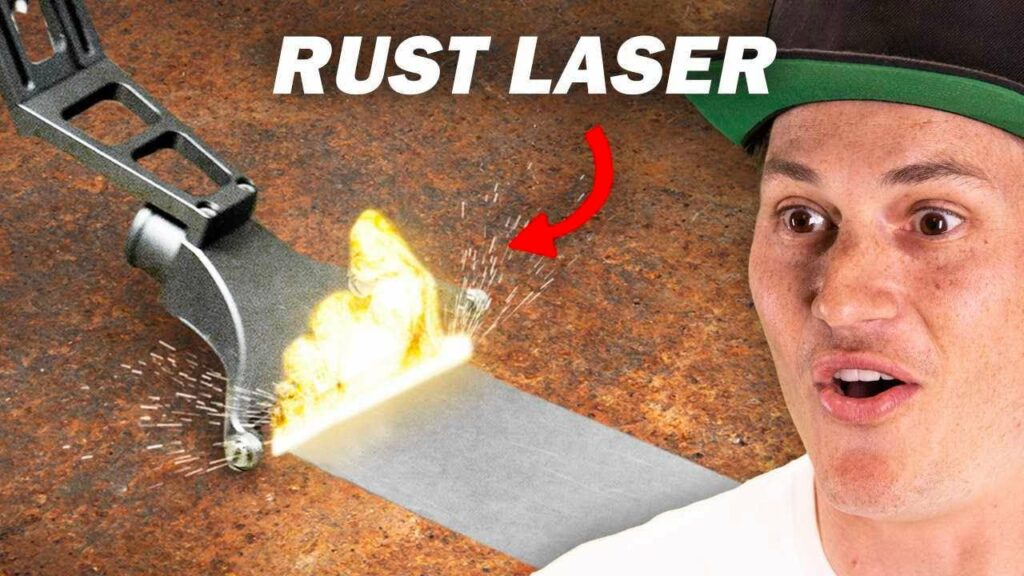
The elimination of rust is one of the most significant functions that can be performed with a cleaning laser. Rust is a layer of oxidized material that can form on the outside of a metal’s surface. Sanding, chemical treatment, sandblasting, dry ice blasting, and other similar processes are among the traditional methods for rust removal. These methods either require a significant amount of time or negatively affect the surrounding ecosystem.
What Exactly Is Meant by “Laser Rust Removal”?
When it comes to cleaning metal substrates and product pieces, laser rust removal, which is a subset of laser cleaning, is an extremely useful tool. Rust and oxide deposit removal can be accomplished with a laser cleaning system. It is possible to clean the surface of the metal quickly and thoroughly without causing any damage to the underlying metal.
A laser rust removal machine is an improved alternative to physical and chemical cleaning processes because it removes rust with greater precision, reduces the amount of additional capital required, and costs less overall. It is a clever way to cut down on the negative effects on the environment as well.
How Does Laser Rust Removal Work?
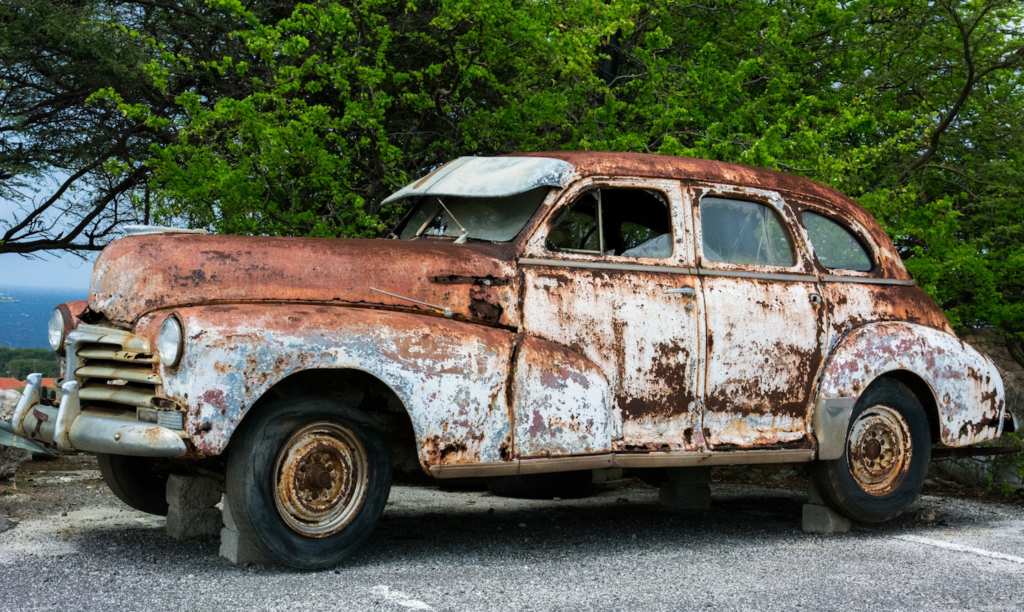
Every substance possesses qualities that determine how it behaves when subjected to certain circumstances. When removing rust from metals, it is important to pay attention to the ablation threshold.
It is possible to adjust the parameters of the laser so that the intensity of the laser beam is just slightly higher than the ablation threshold of rust but lower than that of the metal being cleaned. When the rust is removed, the energy from the laser beam is dispersed as heat if it was shone on the metal surface at an intensity that was below its ablation threshold.
The end result is a clean surface free of rust and dirt layers, all without leaving any permanent mark on the base material.
The amount of time it takes to remove rust is influenced both by the thickness of the rust and the power of the laser. Our high-power systems can remove the typical amount of light rust in approximately 50 cm2/second. Rust can be removed at a rate of 5 cm2/sec, even in its thickest forms.
Why should rust removal be done with a laser?
No Waste and Eco-Friendly Technology
The additional procedures that clean rust with essential chemical compounds and consumables have been rendered obsolete thanks to the introduction of the laser cleaning method. It is the only choice that can be made that is in accordance with the rules governing environmental protection. Such laser descaling machines have an extremely low energy requirement.
Laser cleaning generates an extremely low level of dust and other particles. It is possible to clean it immediately using a dust extraction system (Filtration unit with Fume extraction system) that we provide, and that can be pre-configured for you if that is required.
No Manual Labor
It is not a sustainable practice to employ a large number of people in manual labor for cleaning. It is inefficient and could be done more effectively by utilizing robotics. Laser cleaning is an innovation that is quick and is ultimately only semi-automated, but it can help reduce the amount of manual labor that is required.
You are welcome to work with us and use our system integrator to develop a solution specifically suited to your manufacturing facility.
Low Maintenance
Everyone who employs abrasive blasting techniques (such as sandblasting) is forced to deal with upkeep issues: The device is plagued with many disruptions. Blasting machines require constant inspection and maintenance, whether for the presence of sand, the condition of the nozzle, or the removal of the material.
Removing rust with a laser is a non-contact process that consistently cleans rust while significantly lowering maintenance costs.
Makes the Workplace Safe and Secure
When combined with a dust extraction device (Fume extraction unit) and a Class-1 protective laser enclosure, rust-cleaning lasers in industrial environments are afforded unprecedented safety and protection from the elements.
At the time of operation, technicians next to the laser cutting device do not need to wear any type of personal protective equipment for the protection of their respiratory system, hearing system, or bodies. On the other hand, they do not process any hazardous goods anymore.
Laser Cleaning Pros & Cons
Pros of Laser Removal
Laser cleaning, instead of media blasting, is safer for your employees, the environment, and the equipment used to run it. It generates almost no waste and necessitates no further cleaning up after itself. In addition, the only necessary safety precautions to prevent the majority of risks, if not all, are training, safety glasses, and a zone specifically marked as an optical hazard. The use of laser technology can safely absorb and remove contaminants without causing any damage to the substrate. This means that your products will last longer, saving you money in the long run by reducing the need for repairs or replacements of broken appliances.
Cons of Laser Removal
Laser cleaning is one of the best techniques for removing pollutants from metal and non-metals, but it is not appropriate for all projects. Laser cleaning is one of the best methods for removing pollutants from metal. Since laser technology is most effective for cleaning small, targeted areas, cleaning larger surface areas can be more time-consuming and may not produce desired results. Laser cleaning is limited in its effectiveness when it comes to cleaning crevices, such as the interior of pipes. If you are unable to see a particular area, the laser won’t be able to clean it either effectively.
Sand Blasting or Laser Removal; Which One Is Better?
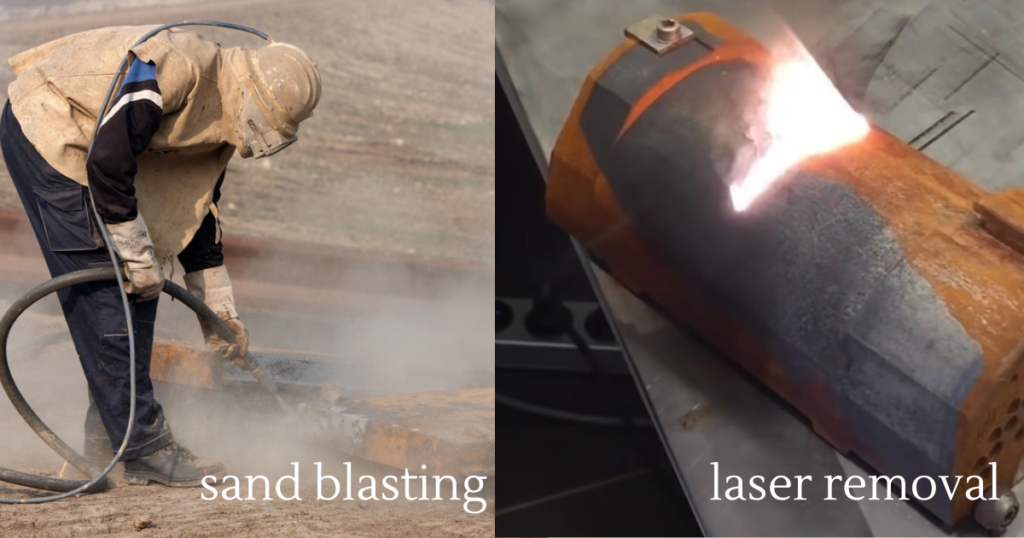
Sandblasting is a tried-and-true way to clean surfaces. It can do a good job of cleaning large, dirty areas, grinding down and smoothing the surface below, or giving the surface below a number of different finishes. But this is a brute-force method with many risks and drawbacks, such as the fact that the surface it cleans will become thinner due to its use.
Sandblasting is more effective than laser cleaning in almost every way, including cost-effectiveness, precision, safety, and less damage to the surface being blasted, but laser cleaning can keep up with the effectiveness of sandblasting in almost all cases, with the possible exception of extremely densely contaminated or extremely large surfaces.
Other Benefits of Laser Rust Removal
Many other things can be done by laser cleaning technology, such as:
- Cleaning the paint
- Cleaning up the dirt that has built up in parts warehouses
- Get rid of rust on ships and in the shipping business
- Get metals ready to be coated
- In the aviation business, deep cleaning is important
- Cleaning up food waste in the food business
FAQs
Why should you use a laser process for rust removal?
Lasers offer a fast cleaning and surface preparation method that is nearly applicable to virtually every industry. The laser can be set to operate automatically, saving time and reducing the amount of time and money needed for maintenance. The laser system removes the rust, oil, and grit from the surface and any paints or coatings. The surface’s texture and finish can be altered to improve adhesion in various ways, including the addition of roughness.
Does the metal damage through laser rust removal?
Removing rust using a laser is an efficient method for cleaning up metal components. Rust and other pollutants can be swiftly and fully removed without causing any damage to the underlying metal by using a cleaning method that utilizes fiber laser technology.
Is there a risk of injury when using laser rust removal?
Even while laser technology is generally regarded as one of the better methods for cleaning metal and non-metal materials, there are ways to violate safety rules and put yourself or other people in danger by using the technology in an unsafe manner. Lasers designed for cleaning should never be used: Not while wearing protective eyewear On the skin or the body itself directly.
Laser rust removal is definitely a great option for rust removal. You can reach out to companies that offer laser cleaning services for rust, paint, and other things.

